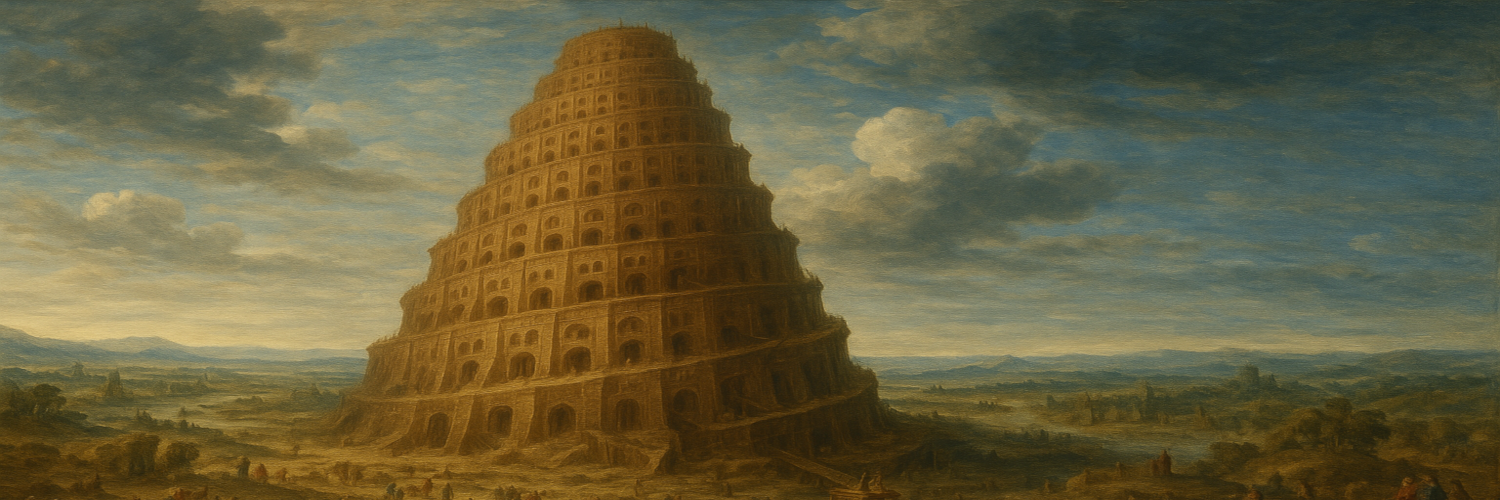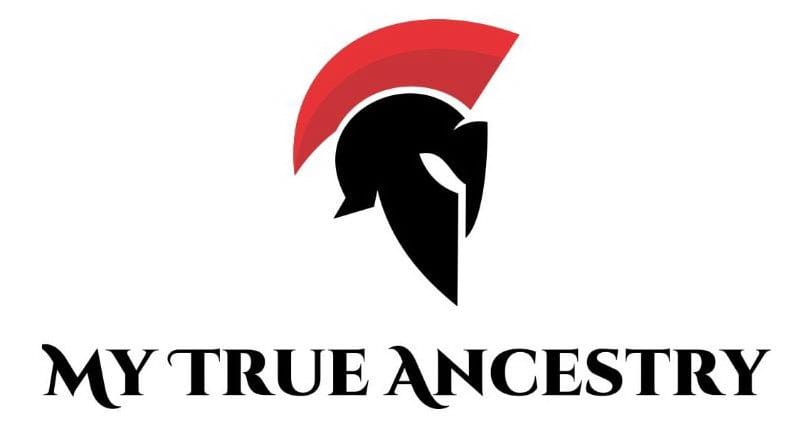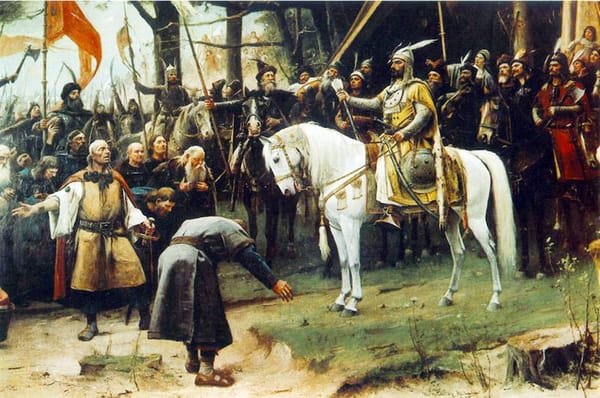The Hungarian Conquest: Archaeological and Genetic Origins of the Magyars





The Hungarian Conquest: Archaeological and Genetic Origins of the Magyars
The Hungarian Conquest of the 10th century brought the remarkable Magyars into the Carpathian Basin, fundamentally changing the course of Central European history. These early medieval Magyars, a fierce confederation of mounted warriors, emerged from the vast steppes of Eastern Europe in one of history's most significant migrations. Their extraordinary journey is documented not only in historical chronicles but has been dramatically illuminated through groundbreaking archaeological discoveries and revolutionary genome-wide ancient DNA research that connects their origins to the distant Southern Urals.
The narrative of Magyar origins centers on the fascinating Karayakupovo archaeological horizon, a cultural beacon spanning approximately 750-1000 CE across the Southern Urals region. This archaeological stratum represents a crucial junction where diverse burial traditions, artifacts, and cultural practices flourished on both sides of the Ural Mountains. Significant excavation sites within this horizon, particularly Uyelgi near Chelyabinsk and Bolshie Tigany in Tatarstan, have emerged as focal points for understanding the ancestral origins of these intrepid migrants. These locations offer an extraordinary treasure trove of burial artifacts and grave goods that illuminate the rich tapestry of cultures and peoples who occupied these lands during this transformative period.
The archaeological canvas revealed at these sites paints a vivid picture of sophisticated communities that were remarkably multilingual and multiethnic. Archaeological evidence demonstrates that these areas hosted communities speaking Turkic, Finno-Permic, and Ugric languages, creating a complex linguistic landscape that would profoundly influence the developing Magyar identity. The burial practices discovered at these excavation sites are particularly distinctive, showcasing the rich cultural interactions and exchanges that characterized this dynamic region during the early medieval period.
The artifacts recovered from these archaeological sites provide intimate glimpses into the lives of the Magyar ancestors. Graves contain intricately decorated pottery, sophisticated weaponry, and elaborate ornaments, each piece serving as a tangible connection to a vibrant past. These burial assemblages reveal a society where warriors were interred with their battle gear, community leaders were surrounded by symbols of their elevated status, and artisans were honored with the tools of their crafts. The grave goods demonstrate not only the material culture of these ancient peoples but also their complex social hierarchies and belief systems.
Among the most fascinating discoveries are weapons that speak to the martial prowess of these steppe peoples, ornate horse equipment that reflects their renowned equestrian culture, and trade goods that reveal extensive commercial networks spanning vast distances across Eurasia. These artifacts collectively paint a picture of a sophisticated society that balanced nomadic traditions with settled agricultural practices, creating a unique cultural synthesis that would eventually characterize the Magyar migration into Central Europe.
From the tombs and burial sites across the Karayakupovo horizon, researchers have successfully extracted and analyzed genetic material from 131 ancient individuals, creating an unprecedented dataset that unravels the deep history of the region. This genome-wide ancient DNA analysis has established definitive genetic links between the Magyars and the indigenous peoples of the Southern Urals, providing scientific confirmation for historical narratives of migration across the vast plains of the Eurasian steppe.
The genetic evidence reveals a complex story of population movements, cultural encounters, and demographic processes that shaped Magyar identity over centuries. Through sophisticated analytical techniques, including Identity-by-Descent analysis, researchers have identified shared haplotypes between ancient populations in the Circum-Uralic region and later Magyar communities, demonstrating genetic continuity that spans both geographical distance and historical time. These long-shared genetic segments function like a molecular family reunion, connecting communities separated by hundreds of miles and multiple generations.
The genetic and archaeological evidence collectively tells a story of gradual migration and cultural adaptation rather than sudden displacement. The Magyar ancestors appear to have maintained their presence in the Southern Urals region from the Iron Age through at least the 14th century, establishing deep roots while simultaneously participating in broader patterns of steppe mobility. During their westward migration toward the Carpathian Basin, these groups encountered and interacted with various Turkic communities, engaging in processes of cultural synthesis and genetic admixture that enriched their traditions and broadened their technological capabilities.
The study reveals that the Southern Urals served as more than just a point of origin; it functioned as a cultural laboratory where different ethnic groups, languages, and traditions converged and influenced one another. This region's role as a crossroads between Europe and Asia created ideal conditions for the development of the cosmopolitan outlook and adaptive strategies that would serve the Magyars well during their conquest of the Carpathian Basin.
Among the most compelling aspects of this research is how it brings individual ancient people into focus, transforming them from anonymous archaeological specimens into recognizable historical actors. The genetic analysis has identified specific individuals who can be understood as representatives of early Magyar tribal leadership, skilled warriors, and community elders. These ancient people emerge from the archaeological record not merely as names in textbooks but as complex individuals whose DNA tells stories of kinship, migration, and cultural identity.
The painstaking work of DNA analysis has revealed family relationships, population affinities, and migration patterns that humanize the larger historical processes. Each genome provides insights into individual life histories while contributing to our understanding of broader demographic trends. The genetic data demonstrates that these communities maintained strong internal cohesion while remaining open to external influences, a balance that proved crucial to their eventual success in establishing a new homeland in Central Europe.
The integration of archaeological knowledge with genetic insights continues to revolutionize our understanding of Hungary's founding cultures and the complex processes that shaped early medieval Europe. Each grave excavated, every artifact recovered, and all genetic data analyzed contribute incrementally to a comprehensive picture of how the Magyars successfully transitioned from their eastern origins to establish a lasting presence in the heart of Europe.
This multidisciplinary approach demonstrates the power of combining traditional archaeological methods with cutting-edge genetic technologies. The convergence of material culture studies with molecular biology has created unprecedented opportunities to understand ancient peoples on their own terms, revealing the sophisticated strategies they employed to navigate the challenges of migration, settlement, and cultural adaptation. The continuing research promises to further illuminate the remarkable story of the Magyar conquest and its lasting impact on the cultural and genetic landscape of Central Europe.

Comments